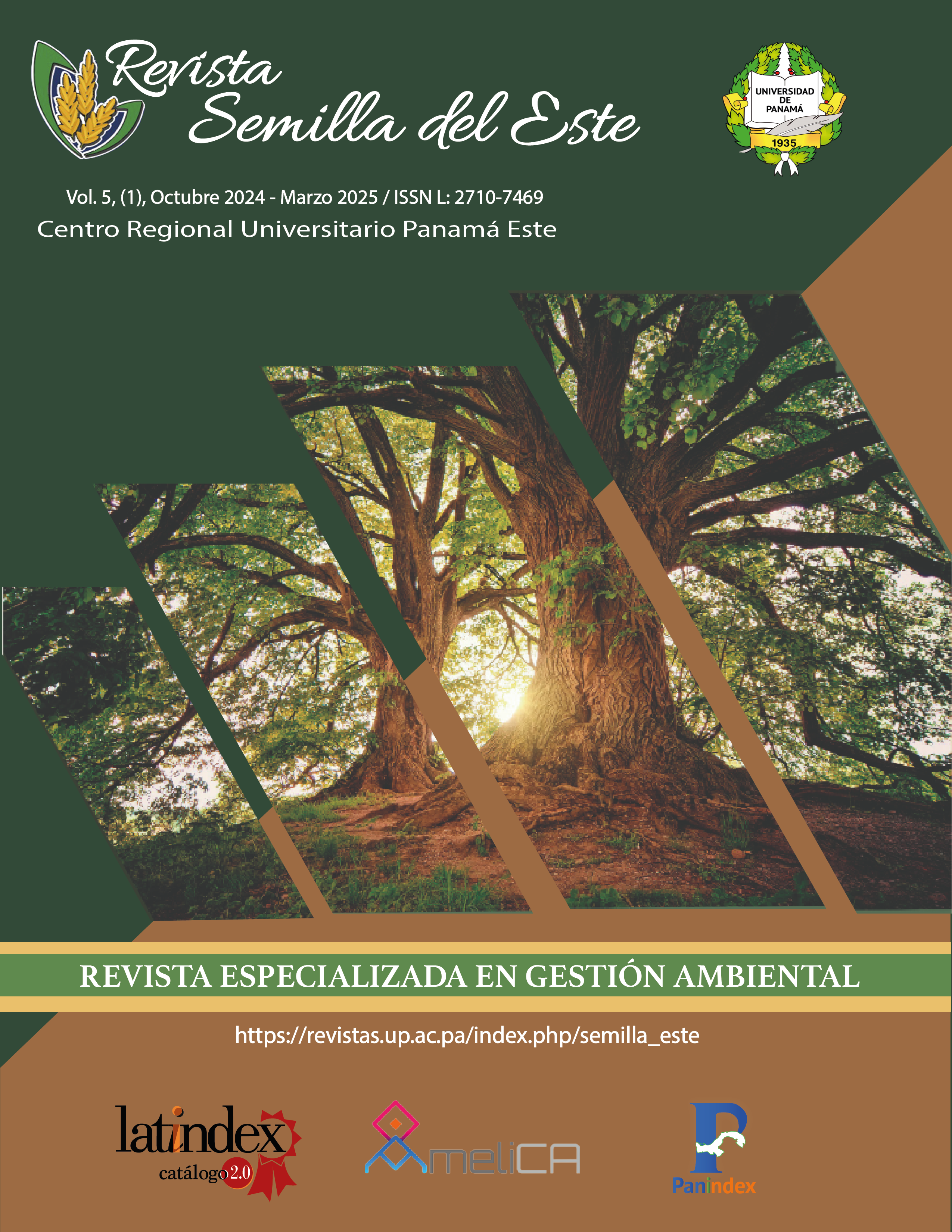


This work is licensed under a Creative Commons Attribution-NonCommercial-ShareAlike 4.0 International License.
The risk of suffering an accident that may endanger our health, is daily hidden in the different activities, both at home, on the way to our workplace, during our workday and even within the facilities where we carry out academic activities. It seems exaggerated to raise this, but ergonomic, physical, psychosocial, chemical, mechanical and biological risks are latent waiting for a bad procedure, a condition, to cause us an accident or a disease, as is the case of biological risk. The main objective of this research is to determine the biological agents present in the teaching and clinical laboratories of building 850 of the Specialized University of the Americas, and thus know if they can generate a disease to those who use it as a daily work area or space. For the advancement of this research we opted for a population of 3 laboratories and several offices of the clinic of building 850, an environmental sample was used within the facilities, where it was placed for 15 minutes in each place, after obtaining growth of microorganism we opted to make pure cultures resulting in 41 dishes with various biological agents. Observing through the microscope we managed to establish that the predominant microorganisms are bacteria, where Gram-positive, Gram-negative, Gram-positive and Gram-negative streptobacil were clearly the most recurrent in all areas. It is important to note that literature studies associate the presence of these groups of microorganisms with the presence of metabolic wastes (urine, feces) of rodents in air conditioning ducts.